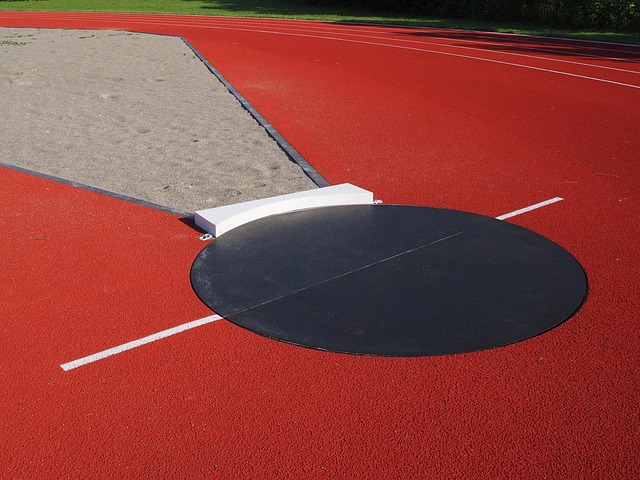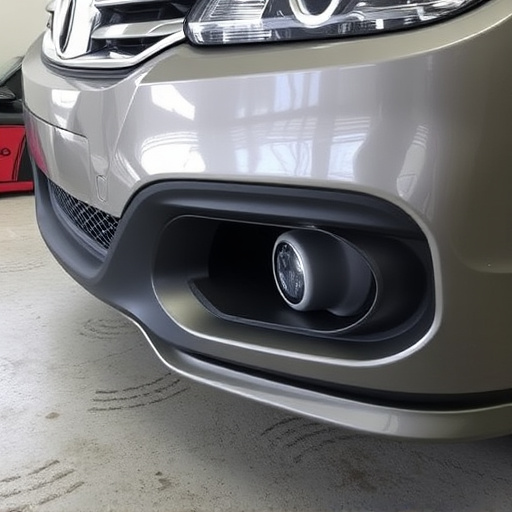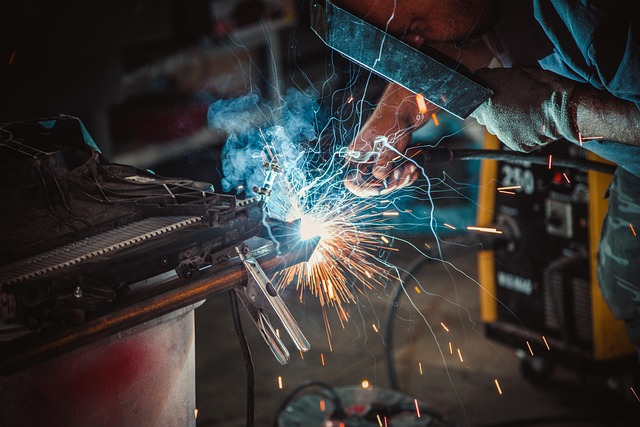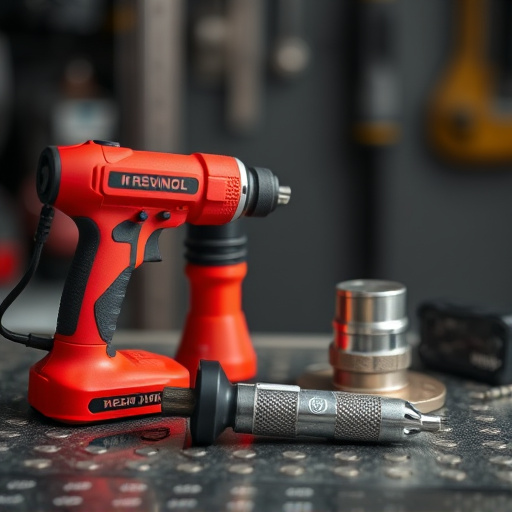When assessing shops for structural integrity restoration, carefully inspect building elements like walls, floors, roofs, and foundations for damage or weaknesses. Consider age, maintenance history, and local inspection records to identify potential issues. Review historical maintenance and past project documentation to gauge a shop's experience, attention to detail, and proficiency in various restoration techniques. Client references and reviews further help choose a provider meeting excellence standards.
When considering a shop for your structural integrity restoration needs, thorough vetting is crucial. This process ensures the safety and longevity of your building. Begin by assessing the quality of building materials and construction techniques used. Next, evaluate structural components for weaknesses or damage, paying close attention to signs of deterioration. Also, review historical maintenance records and previous restorations to gain insights into the building’s past and potential ongoing issues.
- Assess Building Materials and Construction Techniques
- Evaluate Structural Components for Weaknesses and Damage
- Review Historical Maintenance Records and Previous Restorations
Assess Building Materials and Construction Techniques

When assessing a shop for structural integrity restoration, carefully examining the building materials and construction techniques is non-negotiable. This involves checking the quality and condition of components like walls, floors, roofs, and foundations. Look for signs of decay, weakness, or improper installation that could compromise structural stability, especially in older buildings. Modern structures should adhere to current safety standards and best practices, ensuring resilience against various environmental factors.
Paying close attention to how the shop is built—from foundation to framing—is crucial. Proper construction techniques, such as seismic retrofitting or using high-strength materials, directly impact a building’s ability to withstand stresses during a restoration process. For instance, car paint repair and car collision repair shops that handle Mercedes Benz collision repair often require advanced knowledge of structural integrity principles to ensure the vehicle’s safety and the shop’s ability to perform complex repairs without affecting the overall structure.
Evaluate Structural Components for Weaknesses and Damage

When evaluating a shop for structural integrity restoration, carefully inspecting the building’s structural components is paramount. This includes assessing the condition of walls, floors, and roofs for any signs of weakness or damage. Look for cracks in foundations, uneven floor surfaces, or sagging ceilings, as these could indicate underlying issues that require expert attention during the restoration process.
During your assessment, consider the overall age and maintenance history of the structure. Older buildings might have unique challenges, such as outdated construction methods or materials that are no longer recommended for structural integrity restoration. Additionally, checking with local authorities or building inspectors can provide insights into any past repairs, renovations, or code violations related to structural aspects, ensuring you’re aware of potential challenges and selecting the best fleet repair services or auto repair services accordingly.
Review Historical Maintenance Records and Previous Restorations
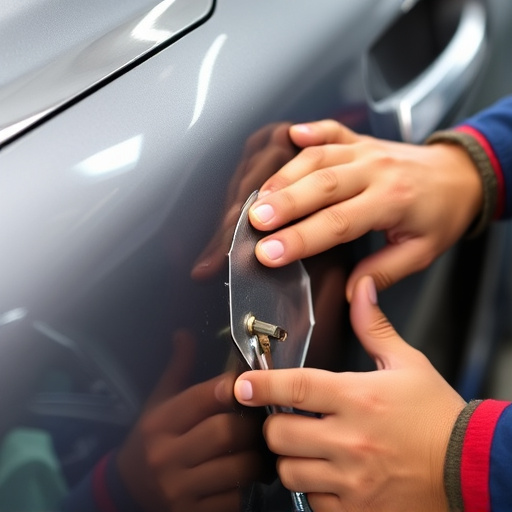
Before making a decision on which shop to trust for your structural integrity restoration needs, it’s crucial to review their historical maintenance records and previous restorations. This step is vital as it provides insights into their experience, attention to detail, and the longevity of their work. Check for regular maintenance logs, repair reports, and any documentation related to past projects, especially those involving car body restoration or vehicle restoration. These records will help you gauge their proficiency in handling various aspects of structural integrity restoration, from metalwork to panel alignment.
Examining previous restorations can also give you an idea of the shop’s ability to handle unique challenges. Look for references or reviews from clients who have undertaken similar projects, focusing on how well they restored specific components. Such research enables you to compare body shop services and select a provider that aligns with your expectations for excellence in structural integrity restoration.
When vetting a shop for structural integrity restoration, a thorough assessment of building materials, construction techniques, and historical maintenance is key. By evaluating structural components for weaknesses and damage, reviewing past records, and understanding previous restorations, you can ensure the shop possesses the knowledge and experience to deliver exceptional results. This meticulous approach guarantees that any restoration efforts align with the building’s original integrity, preserving its value and longevity.
